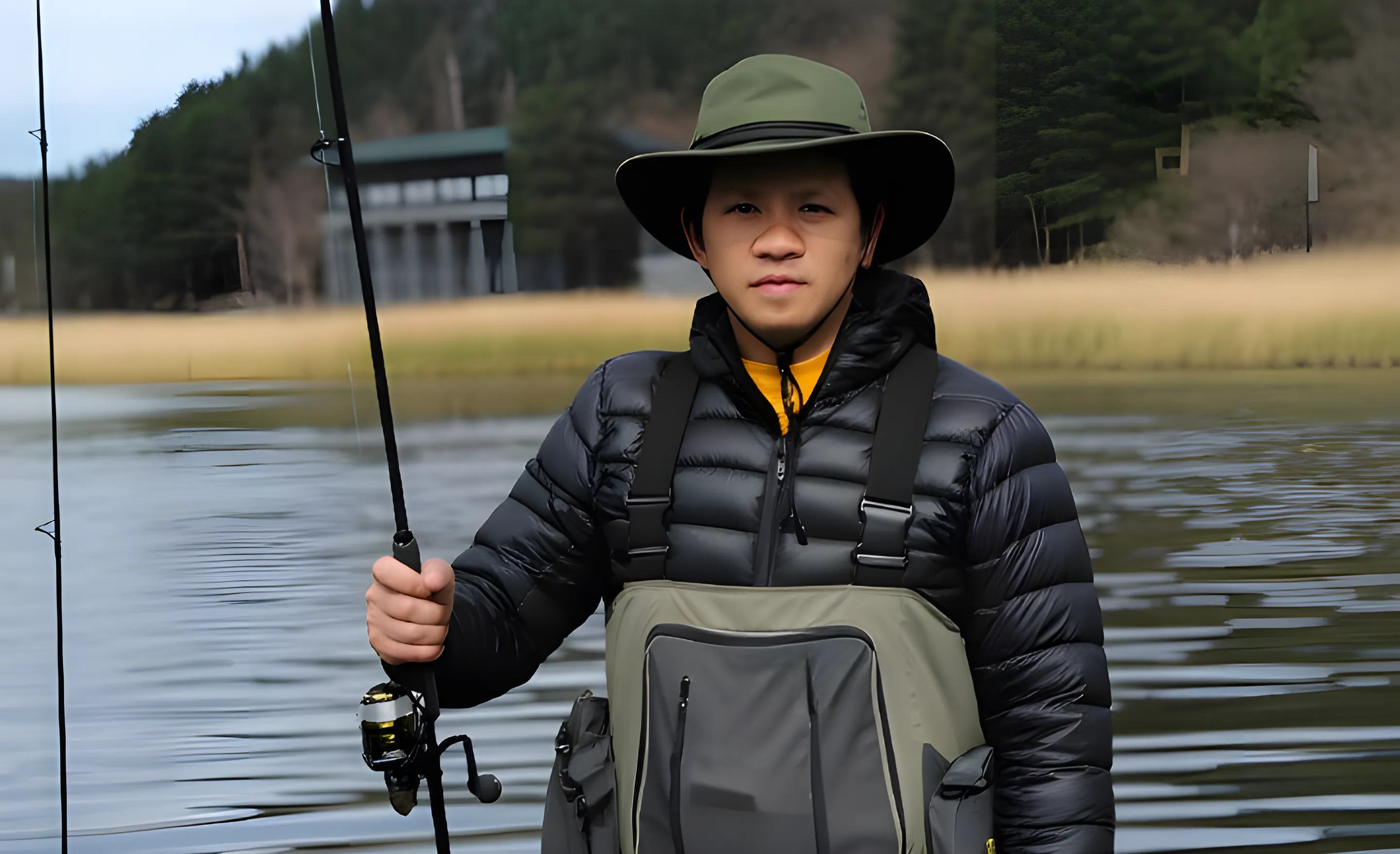The Chicken Rig for Bass: Your Ultimate Guide (2025)
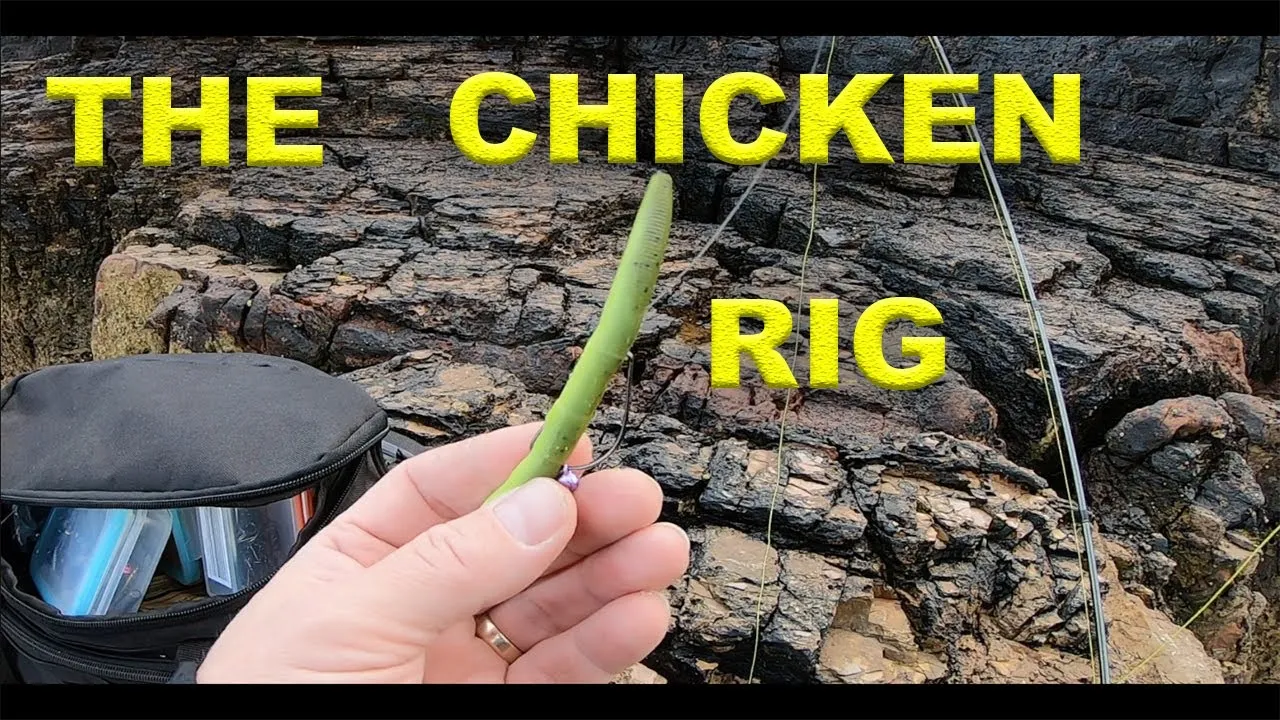
Every angler has faced those frustrating days when bass just won't bite. It's on days like these that having the right tool in your arsenal makes all the difference. Here at riversiderelics.com, we focus on techniques that deliver results, and few are as effective in tough conditions as this one. This guide breaks down everything you need to know about the chicken rig for bass, a finesse powerhouse that can turn a slow day into a memorable one by tempting even the most hesitant fish into striking.
What Is the Chicken Rig?
Forget what you might have heard about other rigs with the same name; in modern bass fishing, the Chicken Rig is a specific and incredibly effective finesse presentation. Think of it as a weedless Neko Rig, or a clever cross between a Texas Rig and a Wacky Rig. It's designed to give you the tantalizing, quivering action you'd get when you fish a wacky rig, but with one crucial advantage: it's completely snag-proof.
This setup was designed to give you the tantalizing, quivering action of a Neko or Wacky-rigged worm, but with one crucial advantage: it's completely snag-proof.
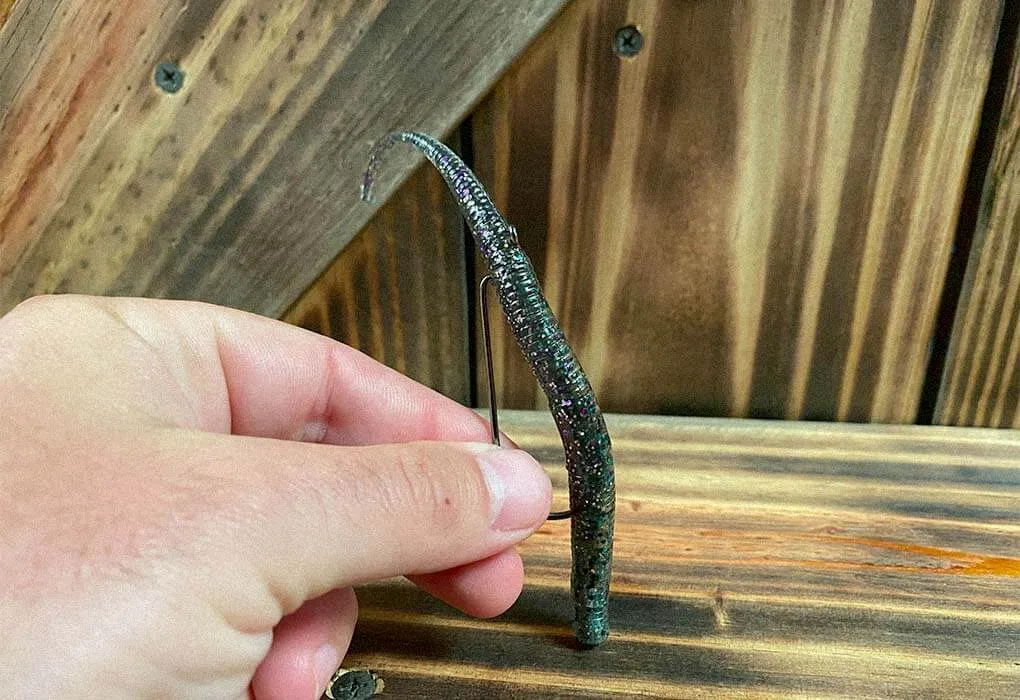
The magic is in its unique construction: a nail weight is inserted into the head of a soft plastic worm, and an offset hook is rigged weedless through the center of the bait's body. When it hits the bottom, the weight pulls the head down, causing the tail to stand straight up and quiver seductively with the slightest movement of your line. This "stand-up" presentation is something finicky bass simply cannot ignore, especially in areas with light cover.
Essential Components for the Chicken Rig
Building this rig requires a few specific components that work together to create its unique action.
-
Soft Plastic Bait: The best choice is a soft plastic stick bait, like a 5-inch Gary Yamamoto Senko or a YUM Dinger. Their subtle shimmy and salt content make them perfect for this technique. Fatter, straight-tail worms also work well.
-
Hook: This is the most critical component. You need a 1/0 to 3/0 offset worm hook or a specialized weedless wacky hook. The offset design is what allows you to rig the bait Texas-style in the middle to make it snag-proof.
-
Weight: A tungsten nail weight or Neko weight is essential. Tungsten is preferred over lead because it's denser, allowing you to add weight with a smaller profile. Weights typically range from 1/32 oz to 1/8 oz, depending on the depth and desired rate of fall.
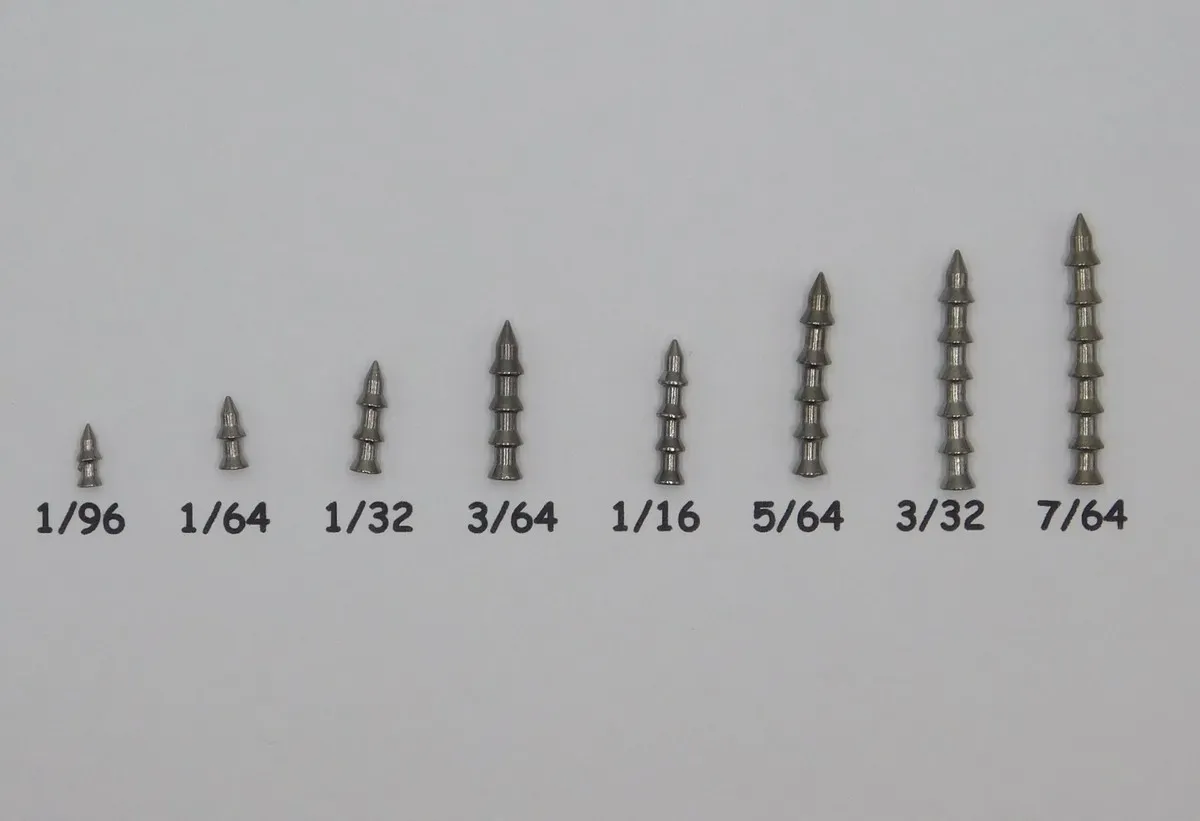
-
O-Ring (Optional but Recommended): Just like with a standard Wacky Rig, sliding a rubber O-ring to the center of your worm before rigging the hook can dramatically increase the bait's lifespan, saving you from tearing through expensive soft plastics after every fish.
How to Rig the Chicken Rig: Step-by-Step
Getting the hook placement and weight right is key. Follow these steps for a perfect setup.
1. Insert the Weight: Take your nail weight and push it directly into the center of the head (the fatter, blunter end) of your soft plastic worm. Push it in completely so only the flat top is visible.
2. Position the Hook: Find the center of the worm's body. On a Senko, this is the smooth, middle section often called the "egg sac." If you are using an O-ring, slide it to this center position now.
3. Rig it Weedless: Take your offset hook and insert the point through the worm (or under the O-ring) in the center. Bring the point all the way through, rotate the hook 180 degrees, and then re-insert the hook point back into the plastic's body, just enough to hide the tip. This weedless principle is the same core concept used when you learn how to rig a texas rig for bass.
Final Check: Your finished rig should have the hook secured weedless in the middle and the nail weight hidden in the head. The worm should hang evenly. You are now ready to tie your main line directly to the hook eye.
Recommended Gear: Rod, Reel, and Line for the Chicken Rig
To get the most out of this finesse technique, you need to pair the rig with the right gear. Using a heavy setup will rob you of the sensitivity needed to detect subtle bites. This is a critical part of your overall bass fishing gear selection.
-
Rod: A 6'10" to 7'3" spinning rod with a Medium-Light to Medium power and a Fast action tip is the perfect choice. If you need more guidance, our complete buyer's guide on the best bass fishing rod can help you narrow down the options.
-
Reel: A 2500 or 3000-size spinning reel offers the best balance of line capacity and lightweight handling. Ensure it has a smooth drag system, as you'll be using light line. There are many great options available in our review of the best bass fishing spinning reels.
-
Line: The professional standard is a braid-to-leader setup. Use 8 to 15-pound braided line as your main line for its incredible sensitivity and no-stretch properties. Then, connect it to a 4-6 foot leader of 6 to 10-pound fluorocarbon. The fluorocarbon is nearly invisible underwater, giving you a stealthy presentation perfect for clear water or pressured fish.
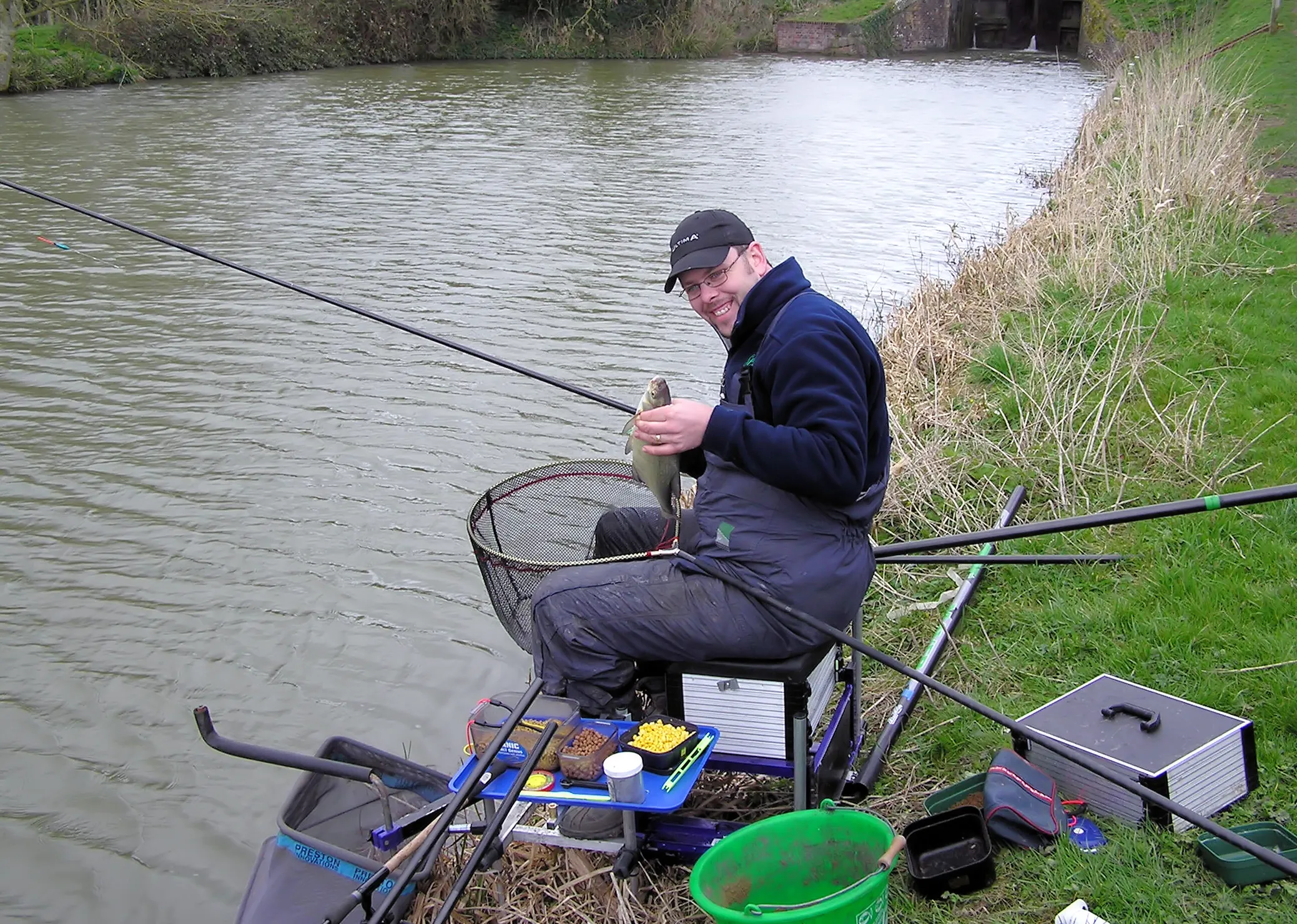
Effective Techniques for Fishing the Rig
This rig excels with subtle movements that make the tail dance.
The Head-First Fall: After you cast, let the rig fall on a semi-slack line. The nail weight will cause it to spiral and fall head-first. Many bites occur on this initial drop, so be ready.
The Quiver and Shake: Once the rig is on the bottom, it will be in its signature "stand-up" position. Without moving the rig from its spot, gently shake your rod tip on a slack line. This will make the tail of the worm quiver and vibrate, mimicking a small creature feeding on the bottom. This is the primary action for this technique.
Drag and Pause: Slowly drag the rig a foot or two across the bottom, then stop. On the pause, the bait will stand up again. This is a great way to cover water while still presenting that irresistible stand-up profile whenever you stop.
This rig is perfect for targeting specific spots like gaps in grass, skipping under docks, or fishing around laydowns where an exposed hook would instantly snag.
When to Fish the Chicken Rig: Best Conditions & Situations
While versatile, the Chicken Rig truly shines in specific scenarios where some of the other best bass fishing rigs fall short. Tie this on when you encounter:
Heavily Pressured Fish
When bass have seen countless jigs and Texas rigs, the unique, stand-up quivering action of the Chicken Rig offers a subtle presentation they find hard to resist. For a different kind of subtle action where the bait glides more naturally on the pause, it's also worth learning how to fish the free rig, as both techniques excel when fish are wary.
Fishing Around Light to Moderate Cover
This is its biggest advantage. While many anglers know how to fish a ned rig in grass, the Chicken Rig's completely weedless design often allows it to slip through cover even more cleanly.
When a Vertical Presentation is Key
For fish suspended next to vertical structures, the head-first spiral on the fall is a deadly way to trigger a reaction strike. This differs greatly from the horizontal presentation needed to fish a drop shot rig effectively.
Clear Water Conditions
Thanks to the light fluorocarbon leader and subtle action, this is a top-tier choice for clear water where bass rely heavily on sight and can be easily spooked by aggressive presentations.
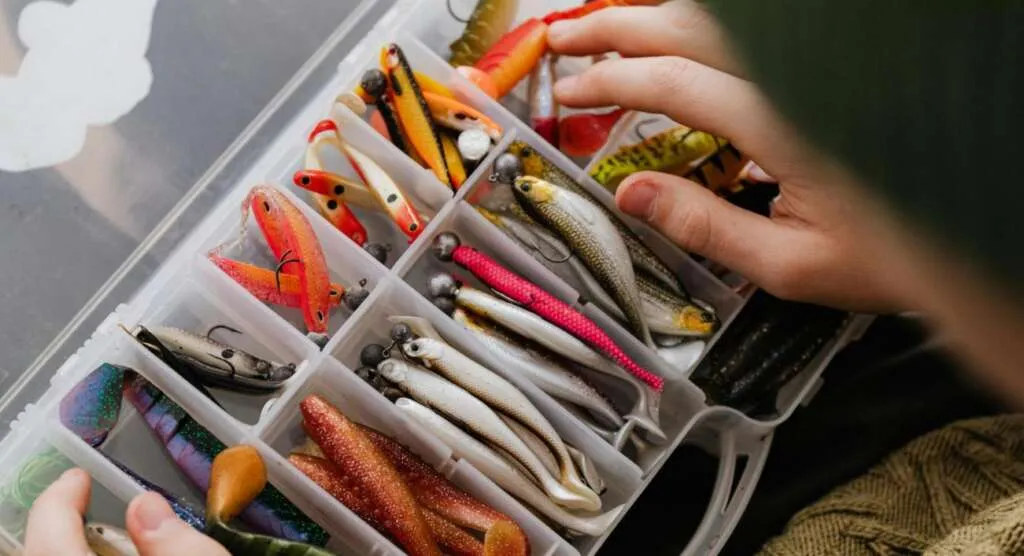
Common Mistakes to Avoid
This technique is simple, but a few small errors can make a big difference. Avoid these common pitfalls:
-
Using Too Much Weight: The number one mistake. A heavy nail weight (anything over 1/8 oz in most situations) will kill the subtle action and make the bait fall too fast. The goal is a slow, natural presentation.
-
Overworking the Bait: Remember, less is more. The magic happens when you let the bait sit still and impart action by just gently shaking the line. Don't hop it aggressively like a jig.
-
Incorrect Hook Placement: If your hook is not perfectly centered in the worm's body, the bait will not stand up straight or have the proper action. Take a moment to ensure it's rigged symmetrically.
-
Using the Wrong Gear: Fishing this rig on a heavy baitcasting setup is a recipe for frustration. You won't be able to cast the light rig effectively or feel the subtle bites. Stick to the recommended finesse spinning gear.
Conclusion
Ultimately, learning to master the chicken rig for bass gives you a powerful and unique tool for the toughest fishing days. It's more than just a setup; it's a specific solution that combines the best of finesse and weedless presentations. When you need to tempt pressured fish or pick apart cover with a subtle offering, remember the techniques in this guide. Add this rig to your arsenal, fish it with patience, and you'll soon discover it's the game-changing secret weapon you've been looking for.
Aviv Nguyen is a passionate fisherman who loves sharing stories and tips from his fishing adventures. Whether it’s freshwater or sea, he finds joy in every cast and aims to inspire others to enjoy the great outdoors through fishing.
Share This Post With Friends

